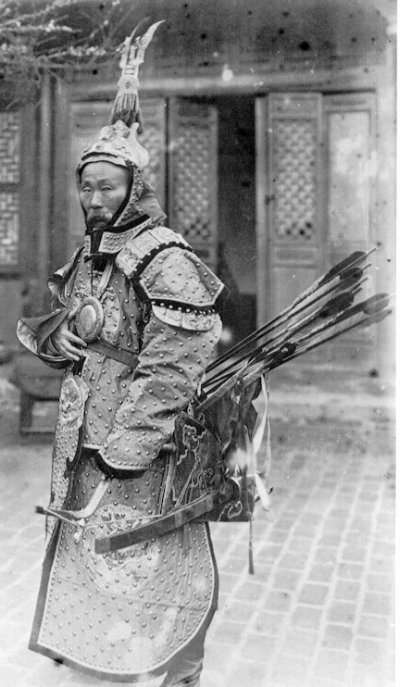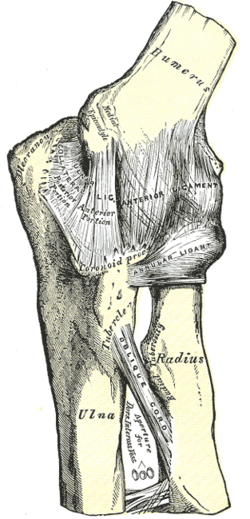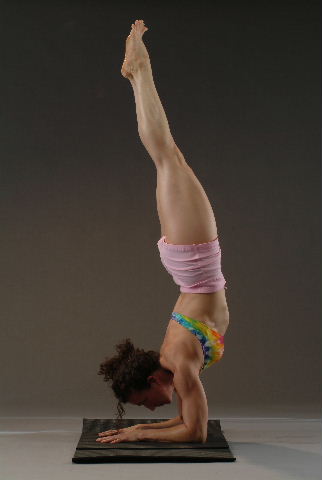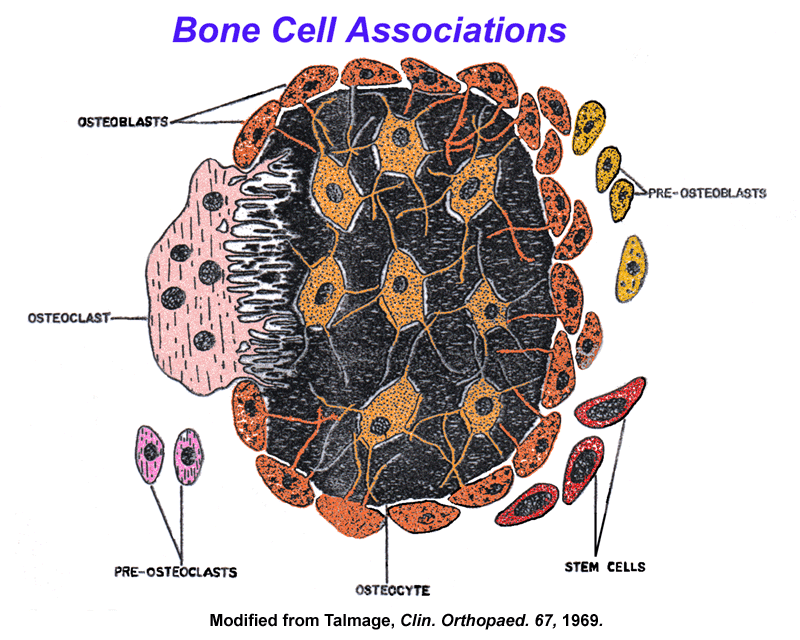
In the two previous posts, I wrote that the quest for power is born
when our survival feels threatened and arises from qi deficiency which creates conflicting emotions. I also wrote about how
the quest for power begets sacrifice.
In the Chinese martial arts we have the expression
"Ox power" to describe simple muscular strength. Generally speaking,
the first stage of martial training is to get rid of ox power and replace it with
"muscle tendon lengthening power" and (depending on the focus of the school) fighting technique.
This process can be generalized for all pursuits of power. All power is preliminary. Give up a low position in the government in order to take on a higher one. If your climb up the corporate ladder is obstructed it may be time to start your own company.
We don't get new power without letting go of old ideas about power. Following this observation to its logical conclusion or extreme, letting go of all ideas of power will open up the biggest possibilities. All the Daoist classics say in one way or another, if you want strength cultivate weakness.
The quest for power is a natural out growth of fear. Fear can arise with or without apparent cause. The brilliance of Daoist thought in this regard is the recognition that there are physiological processes which bring about the experience of fear and the feeling that our survival is threatened.
Daoist practices often explore power from the point of view of what is being sacrificed. Instead of seeking to harness fear for the accumulation of power, these practices teach our bodies how fear arises and how it takes hold. These practices do not eliminate fear. They simply teach our bodies that there is an option to let go of fear when it does arise.
For instance, the
Daoist Calendar can be understood as a tool for observing and resolving the fear that arises from not being able to control or predict the future.
Obviously there is no 'One Right Way' of dealing with the fear of
not knowing what is coming next! The term "Orthodox Daoism"
Zhengyidao- literally means:
The One True Way; however, what the term really refers to is an orthodox set of experiments that have been tried and tested over many years. Just because they are orthodox, doesn't mean they will work for you, but the only way to know for sure is to test them yourself.
Internal martial arts clearly have some Daoist origins. It is fair to say they are Daoist inspired to the extent that they treat power as a physiological experiment which over time exchanges power for casual potency and transforms fear into naturalness
(ziran). That being said, Martial Arts are not Orthodox Daoist practices because they contain so many potencial pitfalls.
Once you have accumulated power, it is often hard to give it up because it seems like you have a "leg up" on everyone around you.
What makes a specific approach to meditation or ritual
Zhengyi (Orthodox) is that it has proven over the centuries to be a more direct route to simplicity.

Teaching 6 and 7 year olds is a process of getting them to give up screaming and crying for more sophisticated forms of power, like carefully chosen words. Of course they could learn to use their crying in increasingly more manipulative ways, or they could just keep developing their
screaming power
and it might someday become formidable. One of the nice things about teaching kids is that they haven't developed Ox Power yet, so I don't have to un-teach it. That step can be skipped.
Acquiring each new type of power requires letting go of the previous type of power that worked for you. The type of power we use is part of our story. It is wrapped up in our identity and our body image. In a sense, our Power Body, is our system for storing fear. Letting go of a big fear requires a big commitment, but letting go of a small fear can be more difficult because it isn't obvious what triggers it, how it is stored, or where it came from in the first place.
This is how it works: Bad choices can be overcome by new better choices. Old ghostly decisions,
the ones you aren't even aware you made a commitment too, are much harder to change.
Where does the quest for power ultimately lead? Death. People often set up their deaths so that they will continue to accumulate power
after they are dead. (The biggest part of Fengshui is not how to arrange your freaking living room! It is trying to limit the negative influences your ancestors have already put in motion!)
The idea behind using Eunuchs in the royal courts was that they wouldn't be constantly using their position to try and install their offspring into positions of power. The irony is that having no balls turned them into ego maniacs that wanted power just for themselves.
As far as accumulating power while we are still alive, the Chinese pinnacle of power has always been to become the emperor. The job of emperor is considered the most potent job there is. The traditional Chinese ideal is that the country is being well run when the emperor has nothing to do. Similarly in Chinese medicine, the heart only has a job when the other organs are out of whack. If the emperor or the heart is actively trying to accomplish something, everybody is in trouble.
 I've been reading Avron Albert Boretz's 1996 dissertation: Martial Gods and Magic Swords: The Ritual Production of Manhood in Taiwanese Popular Religion. I got it through Inter-Library Loan, but it looks like it can be purchased on-line here.
I've been reading Avron Albert Boretz's 1996 dissertation: Martial Gods and Magic Swords: The Ritual Production of Manhood in Taiwanese Popular Religion. I got it through Inter-Library Loan, but it looks like it can be purchased on-line here.

 There is a new publication coming out in June called the
There is a new publication coming out in June called the  Jade Maiden Works the Shuttles is the name of a taijiquan movement/posture. What does it mean?
Jade Maiden Works the Shuttles is the name of a taijiquan movement/posture. What does it mean? infinite time.
infinite time.
 Long time readers know that the relationship of martial arts to exorcistic rituals is a pet topic of mine.
Long time readers know that the relationship of martial arts to exorcistic rituals is a pet topic of mine.
 I woke up this morning with my arms crossed. Actually more than crossed, knotted-up would be a better description. One hand jutting past my armpit, the other arm wrapped around it twice and dangling between my ear and my shoulder. It took a minute to figure out which arm was which. My honey says I do gongfu in my sleep.
I woke up this morning with my arms crossed. Actually more than crossed, knotted-up would be a better description. One hand jutting past my armpit, the other arm wrapped around it twice and dangling between my ear and my shoulder. It took a minute to figure out which arm was which. My honey says I do gongfu in my sleep. organs can function as a government, the heart/mind is the Emperor, the lungs are the chief ministers, the spleen is in charge of ordering, logistics, "ways & means", and the liver is the general, in charge of delivering blood to the troops and mustering them to action.
organs can function as a government, the heart/mind is the Emperor, the lungs are the chief ministers, the spleen is in charge of ordering, logistics, "ways & means", and the liver is the general, in charge of delivering blood to the troops and mustering them to action.




 In the two previous posts, I wrote that the quest for power is born
In the two previous posts, I wrote that the quest for power is born  Teaching 6 and 7 year olds is a process of getting them to give up screaming and crying for more sophisticated forms of power, like carefully chosen words. Of course they could learn to use their crying in increasingly more manipulative ways, or they could just keep developing their
Teaching 6 and 7 year olds is a process of getting them to give up screaming and crying for more sophisticated forms of power, like carefully chosen words. Of course they could learn to use their crying in increasingly more manipulative ways, or they could just keep developing their